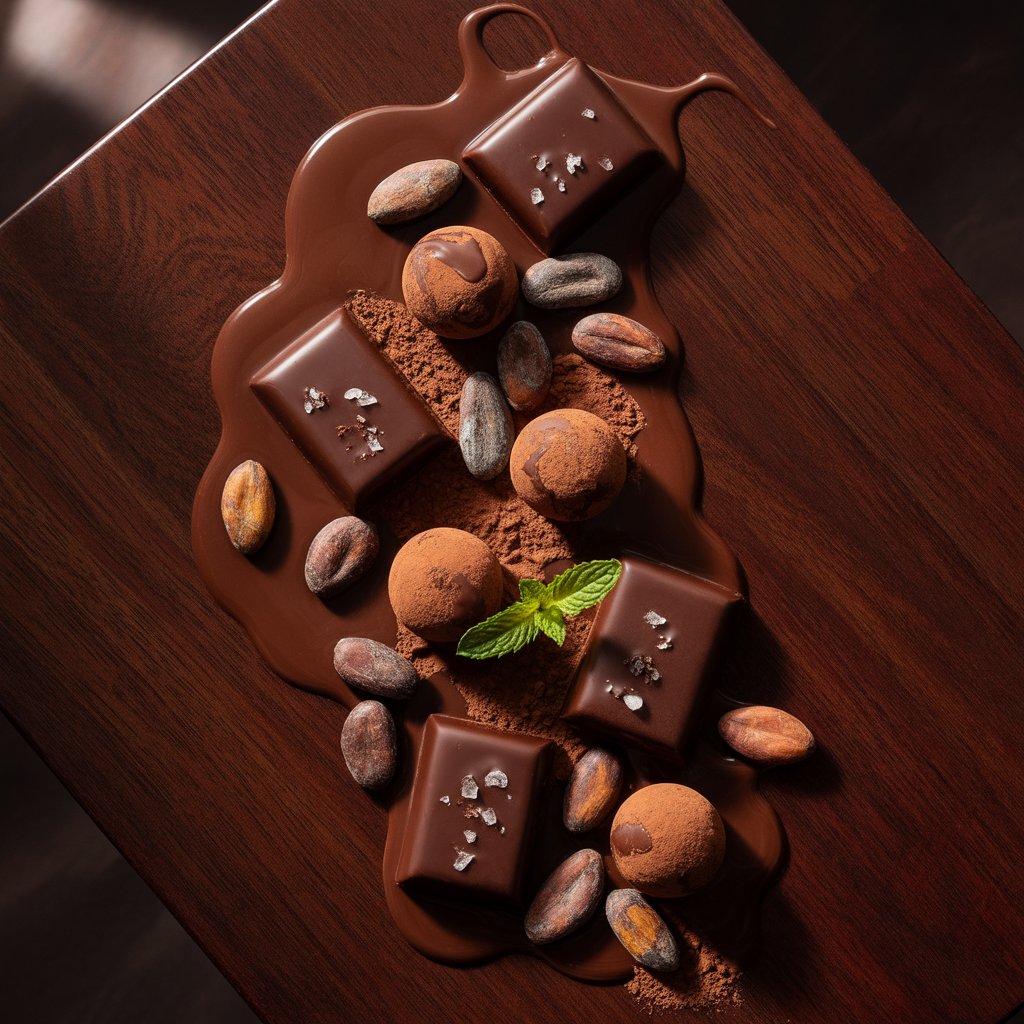Chocolate’s journey from a bitter Mesoamerican drink to a global dessert is a tale of culture, innovation, and indulgence. Originating over 3,000 years ago, chocolate has evolved from a sacred elixir to a versatile ingredient, captivating palates worldwide.
Ancient Origins of Cacao
The Olmecs, Mayans, and Aztecs revered cacao in Mesoamerica, fermenting and grinding beans into a frothy, bitter drink mixed with chili or vanilla, used in rituals and as currency. The Mayan word “xocolatl” (bitter water) reflects its unsweetened form. By the 16th century, Spanish explorers brought cacao to Europe, sweetening it with sugar to suit aristocratic tastes, per historical records from the Codex Mendoza.
Evolution to Modern Chocolate
In Europe, chocolate houses popularized sweetened cocoa drinks by the 1600s. The 19th century brought innovation: Coenraad van Houten’s 1828 press extracted cocoa butter, enabling solid chocolate. Cadbury and Nestlé mass-produced bars by the 1900s, making chocolate accessible. Today, bean-to-bar makers like Mast Brothers emphasize single-origin cacao, highlighting flavors from regions like Madagascar or Venezuela.
Chocolate in Recipes
Make a Mexican mole poblano: toast 2 ancho chilies, blend with 1 onion, 3 garlic cloves, 1 tsp cinnamon, ½ tsp cloves, 2 oz dark chocolate, and 2 cups broth; simmer with chicken for 1 hour. For dessert, try chocolate truffles: melt 8 oz 70% dark chocolate with ½ cup cream, chill, roll into balls, and coat with cocoa powder. These recipes nod to chocolate’s savory and sweet versatility, rooted in its history.
Ethical Sourcing Challenges
Modern chocolate faces ethical hurdles. Child labor and deforestation plague West African cacao farms, which produce 70% of global supply, per 2023 Fairtrade reports. Choose fair trade or direct trade brands like Tony’s Chocolonely to support sustainable practices. Single-origin bars ensure traceability, benefiting farmers. Home cooks can source ethical chocolate at stores like Whole Foods or online for guilt-free indulgence.
Chocolate’s Cultural Impact
Chocolate shapes culture, from Valentine’s Day truffles to Mexican Day of the Dead offerings. Artisanal chocolatiers experiment with flavors like lavender or sea salt, while chefs use cocoa in savory dishes, like mole or cocoa-rubbed steak. Its versatility spans global cuisines, and its dopamine-boosting compounds, per a 2021 Journal of Food Science study, enhance mood, cementing its universal appeal.
Conclusion: Chocolate’s rich history, from sacred drink to modern treat, makes it a culinary icon. By exploring its origins and trying recipes like mole, you connect to a global tradition. Choose ethical brands and savor chocolate’s timeless allure in your kitchen.
